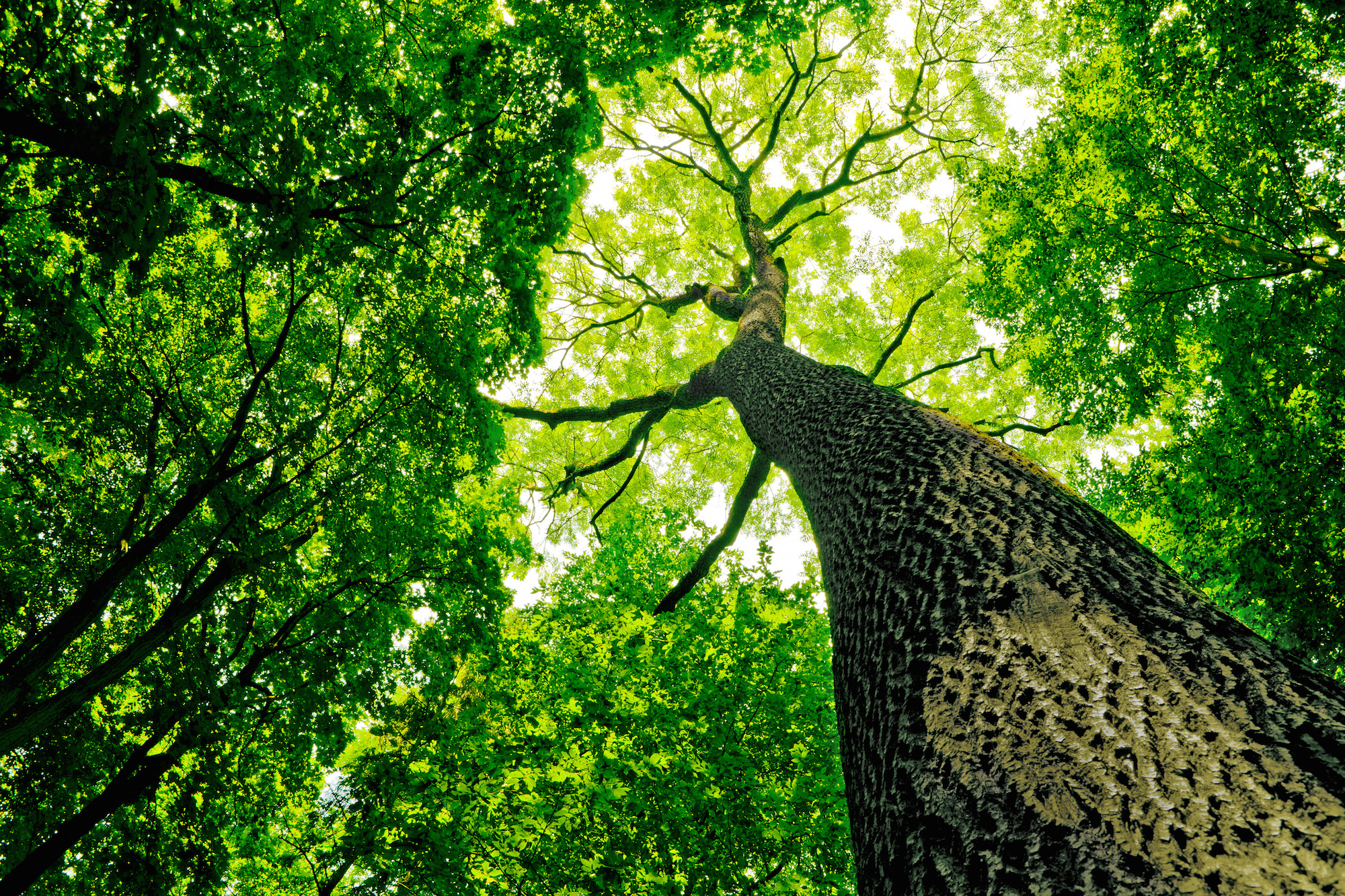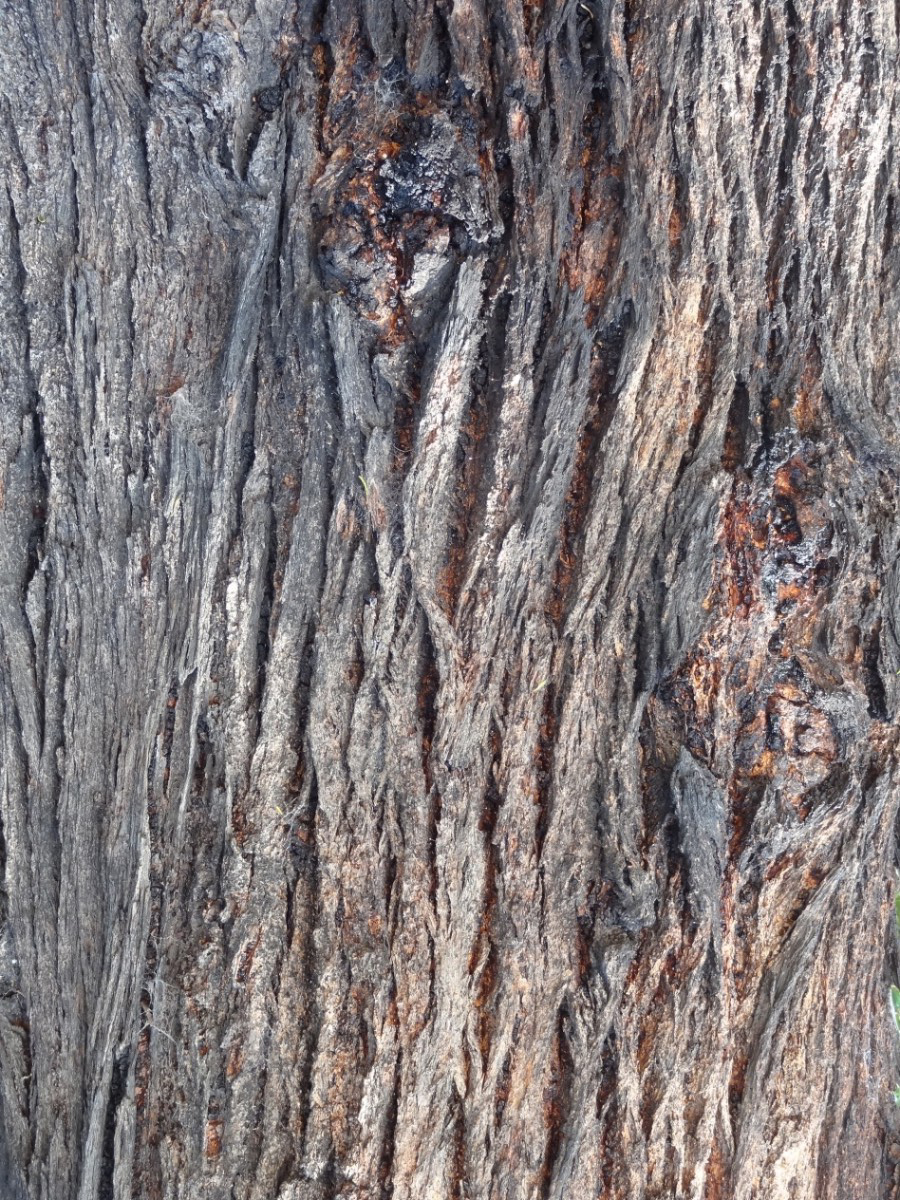What is tree bark?

It’s strong, thick and protective – but why is bark brown instead of green?
Published 11 December 2015
Trees. They’re tall and woody, with bark and leaves. But have you ever wondered why only the leaves are green?
Bark is different. Found only on woody plants, it is coloured and cleft, pitted and plated.
So what is tree bark? “Bark is really a non-technical term used when discussing plant anatomy,” says Dr Rebecca Miller, a plant physiologist working at the University of Melbourne’s School of Ecosystem and Forest Sciences.
“The term actually refers to several different tissue layers, including the cork, cork cambium and phelloderm. Together, these make up what we technically call the periderm.”
The periderm provides trees with a degree of insulation and protects them from pests and pathogens, mechanical damage and desiccation. It also protects a layer of secondary phloem, which transports sugars and other soluble molecules around plants.
Leaves serve a different purpose. A vital part of any plant’s photosynthetic system, they convert light energy into chemical energy, which is used for growth.
How does this happen? It all comes down to one colour: green.

“Leaves contain chlorophyll, which is the main pigment responsible for harvesting light energy during photosynthesis,” says Dr Miller. “They appear green because they reflect green wavelengths of light and particularly absorb red and blue wavelengths of light, which are most important for photosynthesis.”
So why is tree bark brown, grey or some other colour, but rarely green?
The answer, according to Dr Miller, depends on the chemical compounds found in the cell walls of the tissue layers that make up bark.
“Bark contains many different compounds, including lignins, tannins and suberins,” she says. “These reflect and absorb different wavelengths of light, which explains the variations in colour we see.”
The concentration of tannins, in particular, gives bark a reddish brown colour, similar to what you see in a cup of black tea.

Another factor is the thickness of a tree’s bark. Some species, such as ironbark, have dark, deep-ridged bark. Others, such as ghost gums, have thin, smooth, light-coloured bark.
But what about new growth? Dr Miller says the young green stems of non-woody plants can be photosynthetic.
In trees and woody plants, young branches are not covered by thick bark, but they do appear green. Can they photosynthesise, just like leaves?
Dr Miller says: “The young branches of many species are likely to be photosynthetic, but stem or branch photosynthesis is less frequently measured by researchers. Still, some studies have shown that in young plants, stem photosynthesis can contribute significantly to the total carbon income of a plant.”
In general, the capacity of most woody plant species to photosynthesise through stems or branches is limited to the very early stages of growth.
According to Dr Miller, as the branches thicken through secondary growth, they become woody and develop the protective tissues of the periderm, which are not usually photosynthetic.
Banner Image: Forest trees. Picture Vovan via Shutterstock
